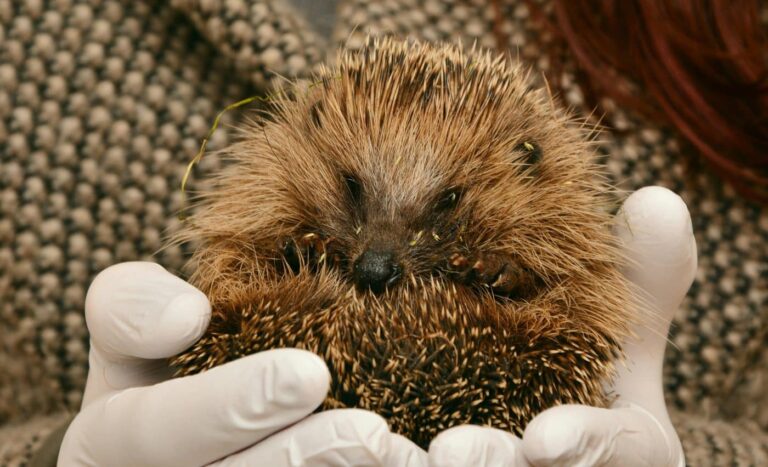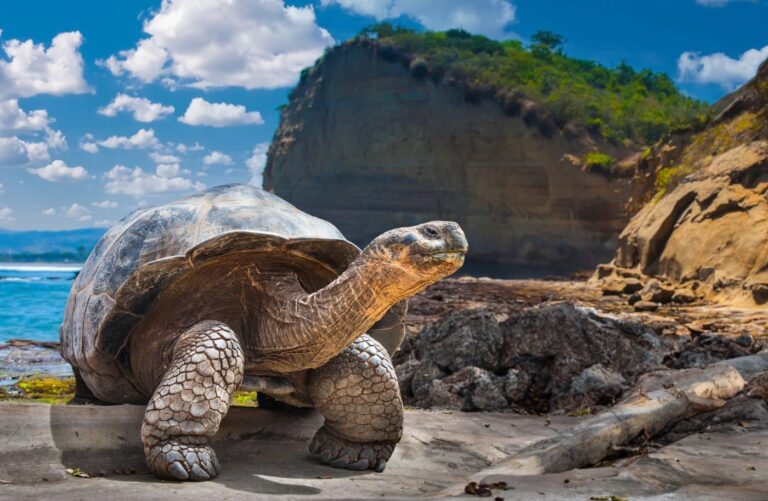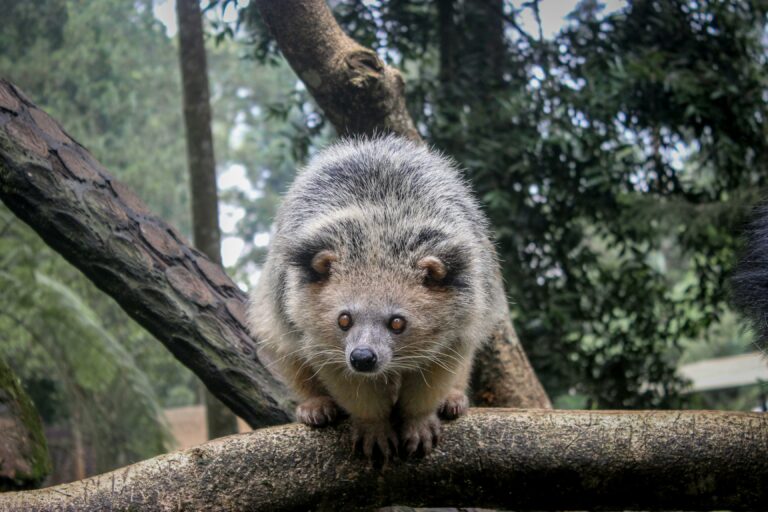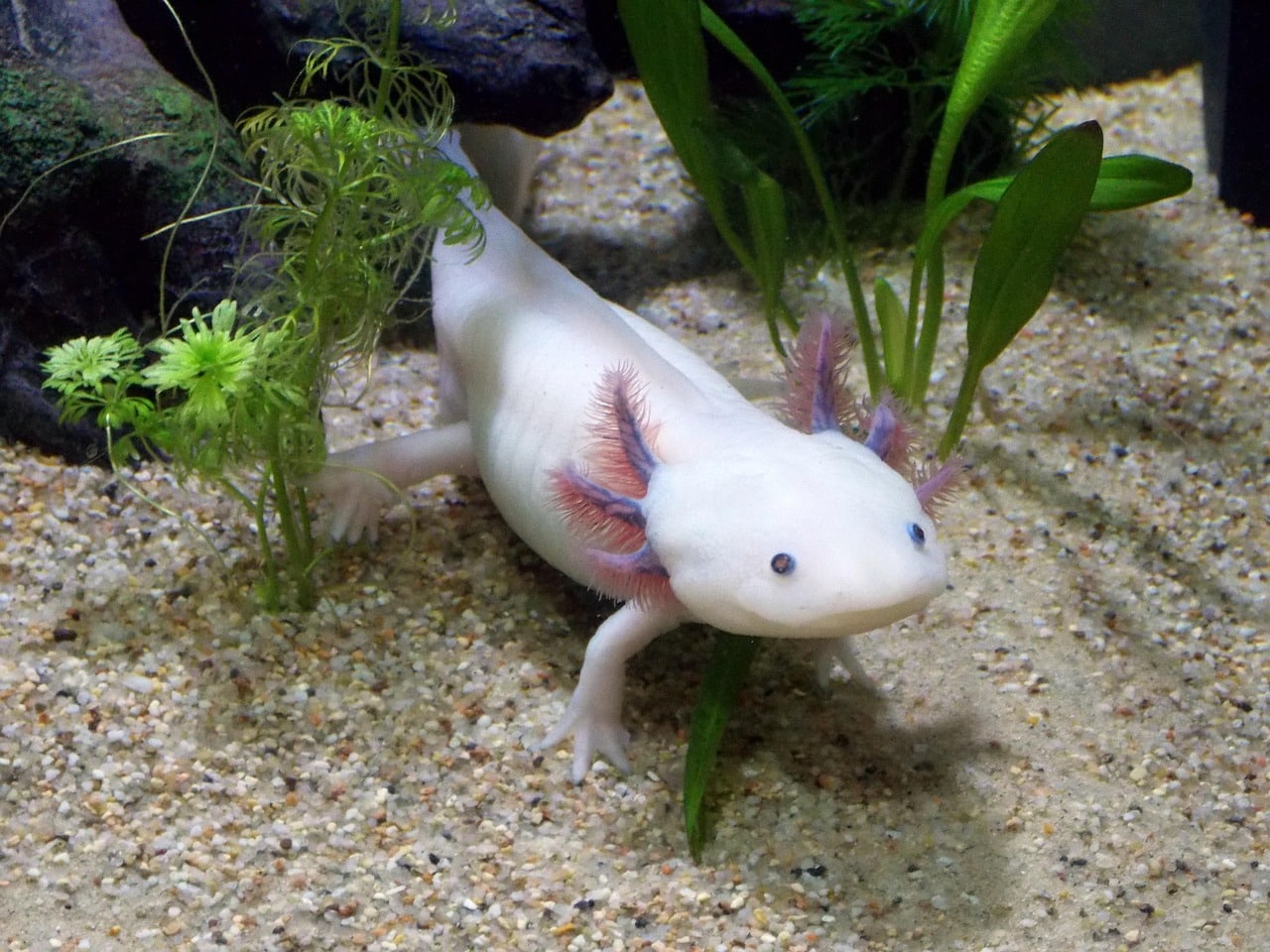
Some animals are so rare and elusive that even experienced experts are astounded by their existence. These creatures hide in remote habitats, far from human reach. Many were believed to be extinct, only to defy the odds and reappear. Their unusual traits and behaviors are so extraordinary, that they seem more like characters from a fantasy tale than real-life animals. These rare species remind us of nature’s mystery and the wonders still waiting to be discovered, hidden in the most unexpected corners of the Earth.
Ili Pika
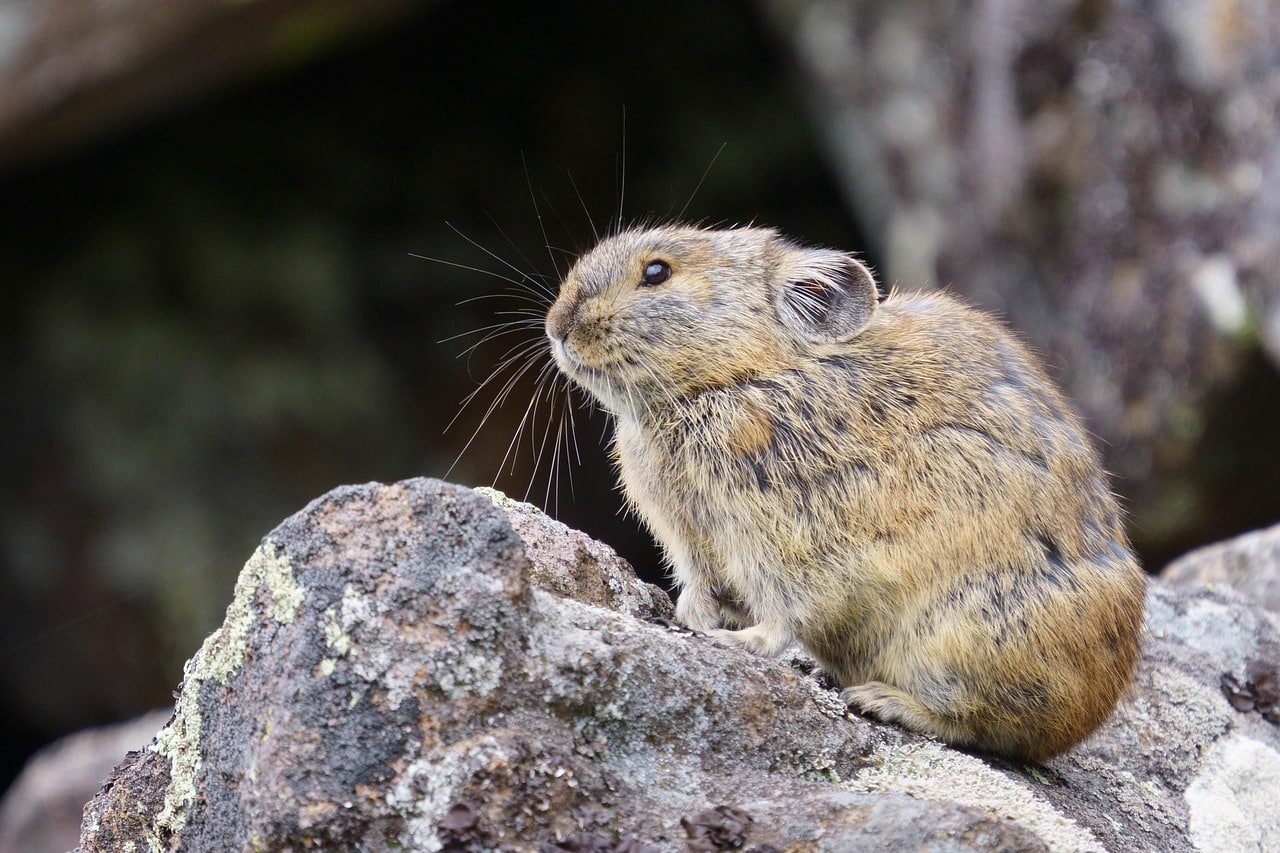

The Ili pika is a tiny mammal that was considered extinct until it was rediscovered in 2014, after being missing for over 20 years. Found only in the remote Tian Shan mountain range of China, this furry creature is often compared to a teddy bear. Its elusive nature, combined with its preference for high-altitude, rugged terrain, makes it incredibly difficult to spot in the wild. With fewer than 1,000 left, this rare animal is highly threatened by climate change and human encroachment on its environment.
Tree Kangaroo
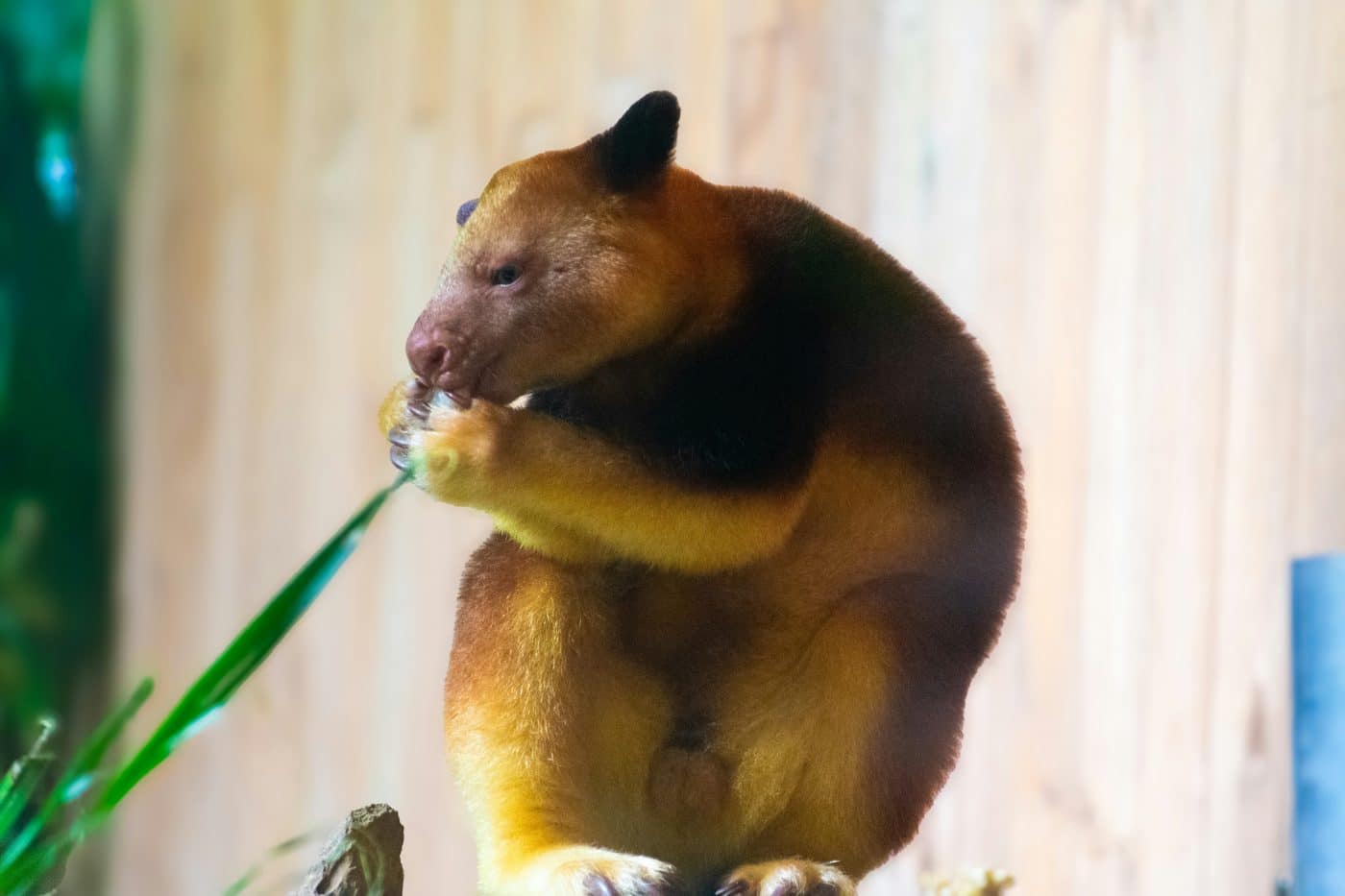

Tree kangaroos are a fascinating, tree-dwelling species that are rarely seen outside of the lush rainforests of Papua New Guinea and northern Australia. Unlike their terrestrial relatives, these marsupials have strong limbs and long tails to help them leap between trees with ease. Due to their remote habitat and stealthy nature, these creatures remain a mystery to most, despite being incredibly unique. Sadly, deforestation and hunting have placed several tree kangaroo species in danger, underscoring the need for conservation efforts.
Shoebill Stork
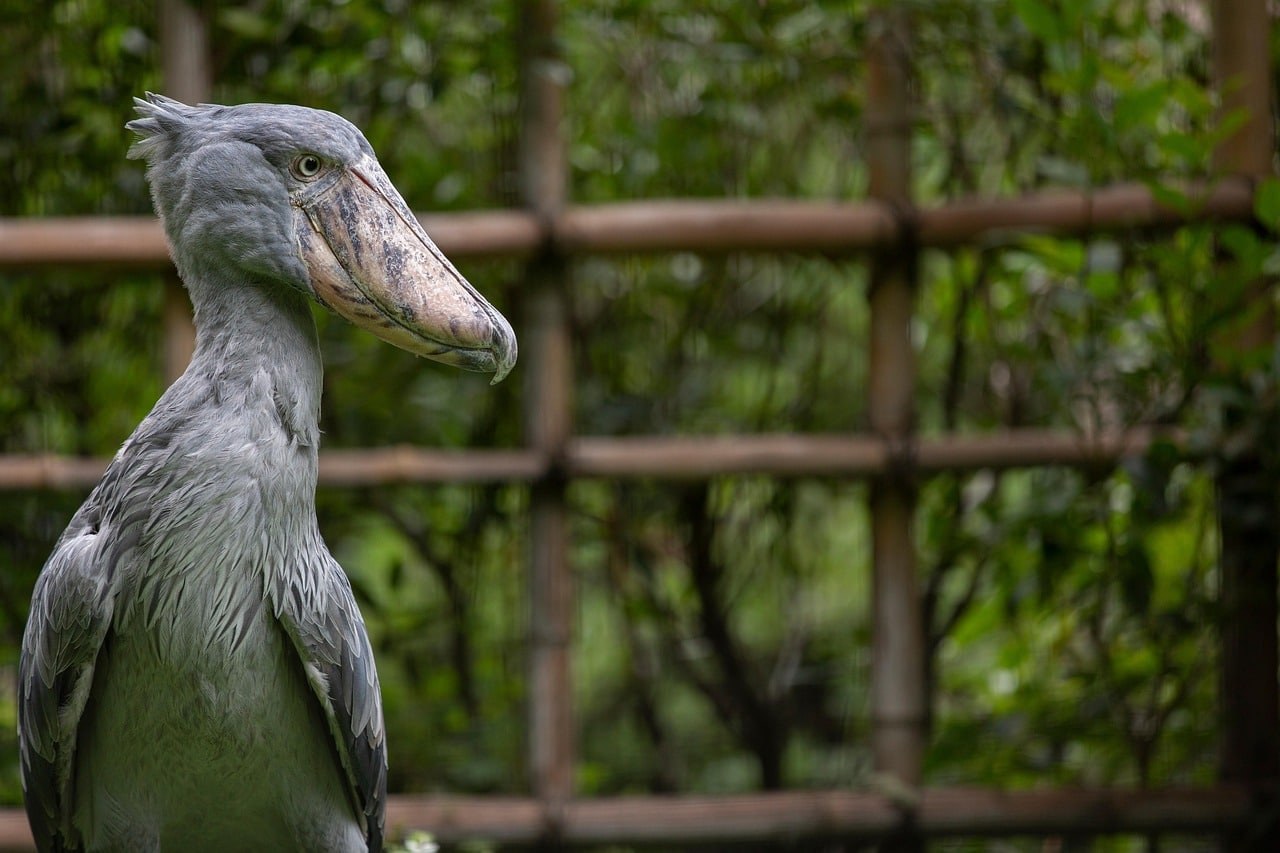

With its oversized, shoe-shaped bill and eerie, silent gaze, the shoebill stork is often likened to a living dinosaur. Native to the wetlands of Central Africa, this bird uses its powerful beak to catch fish, amphibians, and even small reptiles. Standing over four feet tall, the shoebill is an awe-inspiring sight, yet it is notoriously elusive due to its preference for remote, swampy areas. Habitat destruction and illegal hunting have caused its population to dwindle, making sightings incredibly rare and sought after by wildlife enthusiasts.
Markhor
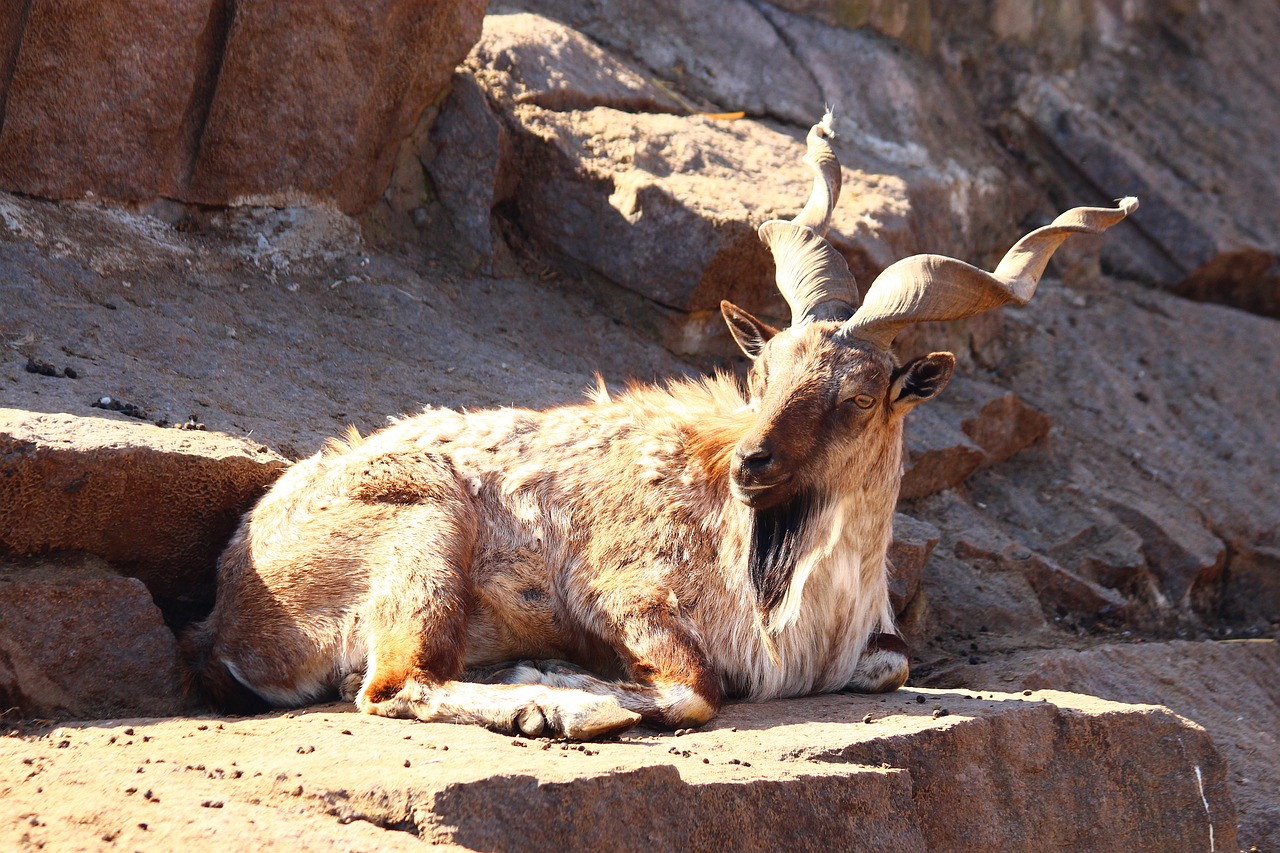

The markhor is a wild goat known for its breathtaking, spiral-shaped horns that can extend up to four feet long. This rare species calls the mountainous regions of Pakistan, Afghanistan, and India its home. Its ability to climb steep cliffs and rocky terrain allows the markhor to evade predators and humans alike, making it difficult to track. Despite conservation efforts to protect this majestic animal, it remains endangered, and every sighting of this elusive goat is a special and rare occurrence.
Gharial
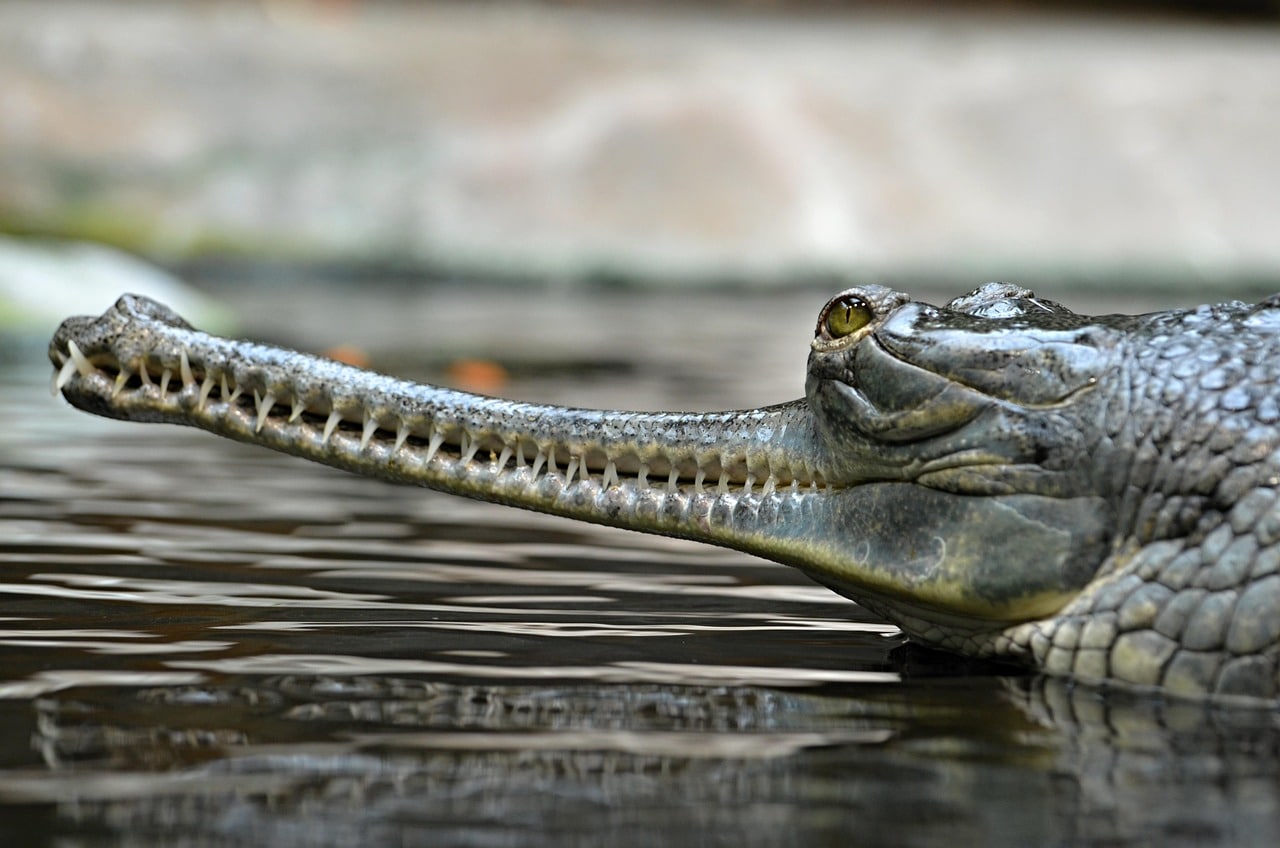

The gharial is a crocodilian species with a distinctive, long and thin snout, perfectly adapted for catching fish. Once widespread throughout South Asia, the gharial now survives only in select rivers in India and Nepal. As one of the rarest reptiles in the world, this species faces major threats from habitat destruction and poaching. With fewer than 1,000 individuals left in the wild, conservation efforts are crucial to ensuring the survival of this unique and mesmerizing creature.
Pangolin
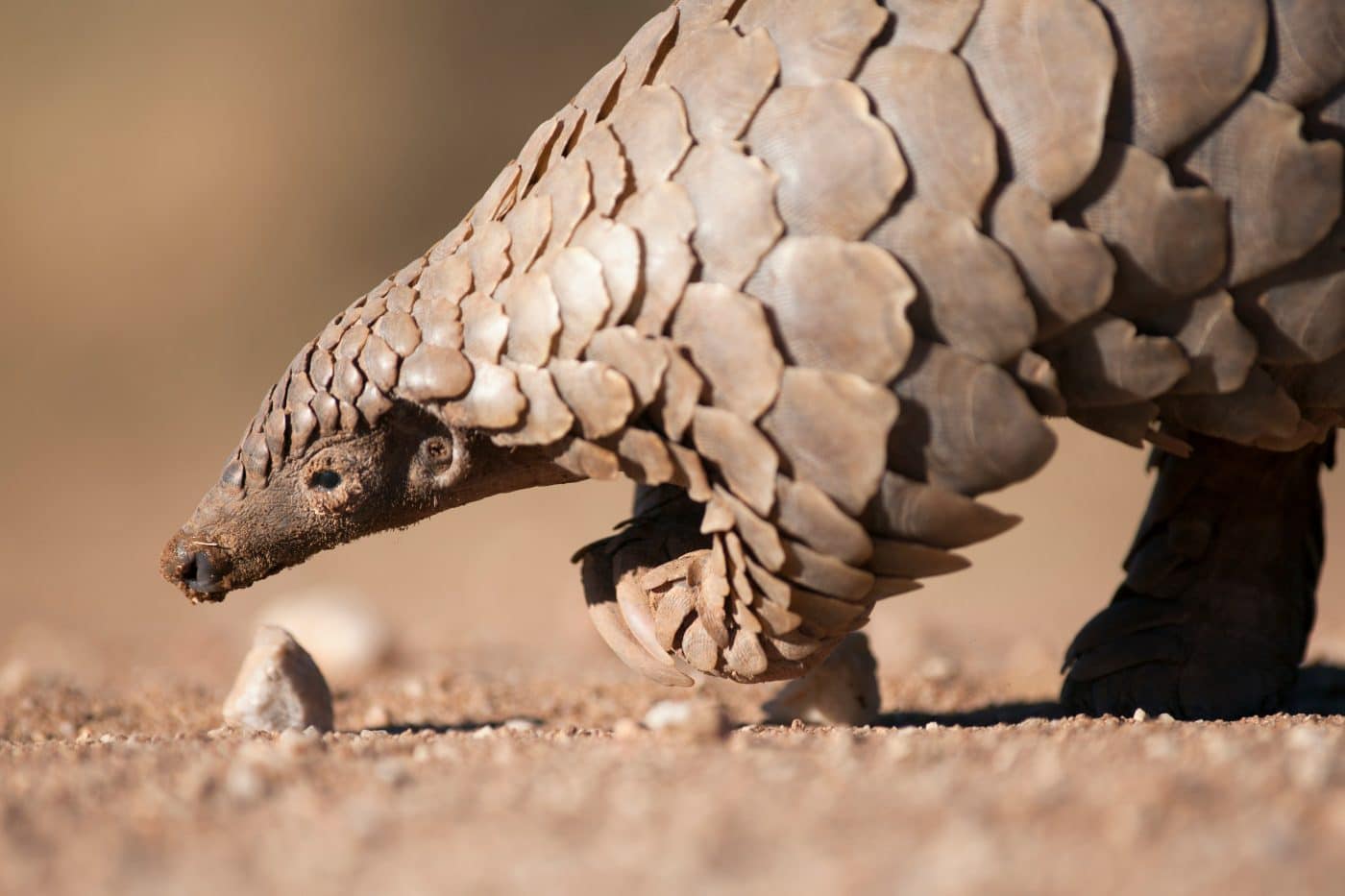

The pangolin is one of the most unusual mammals in the world, completely covered in protective scales that resemble armor. Found across Africa and Asia, pangolins are nocturnal creatures that are typically shy and elusive. Unfortunately, their popularity in illegal wildlife trade has placed them at risk, with pangolin populations plummeting due to poaching and habitat loss. Despite their rarity, pangolins play a crucial ecological role in controlling insect populations, which further highlights the need for their protection.
Kakapo
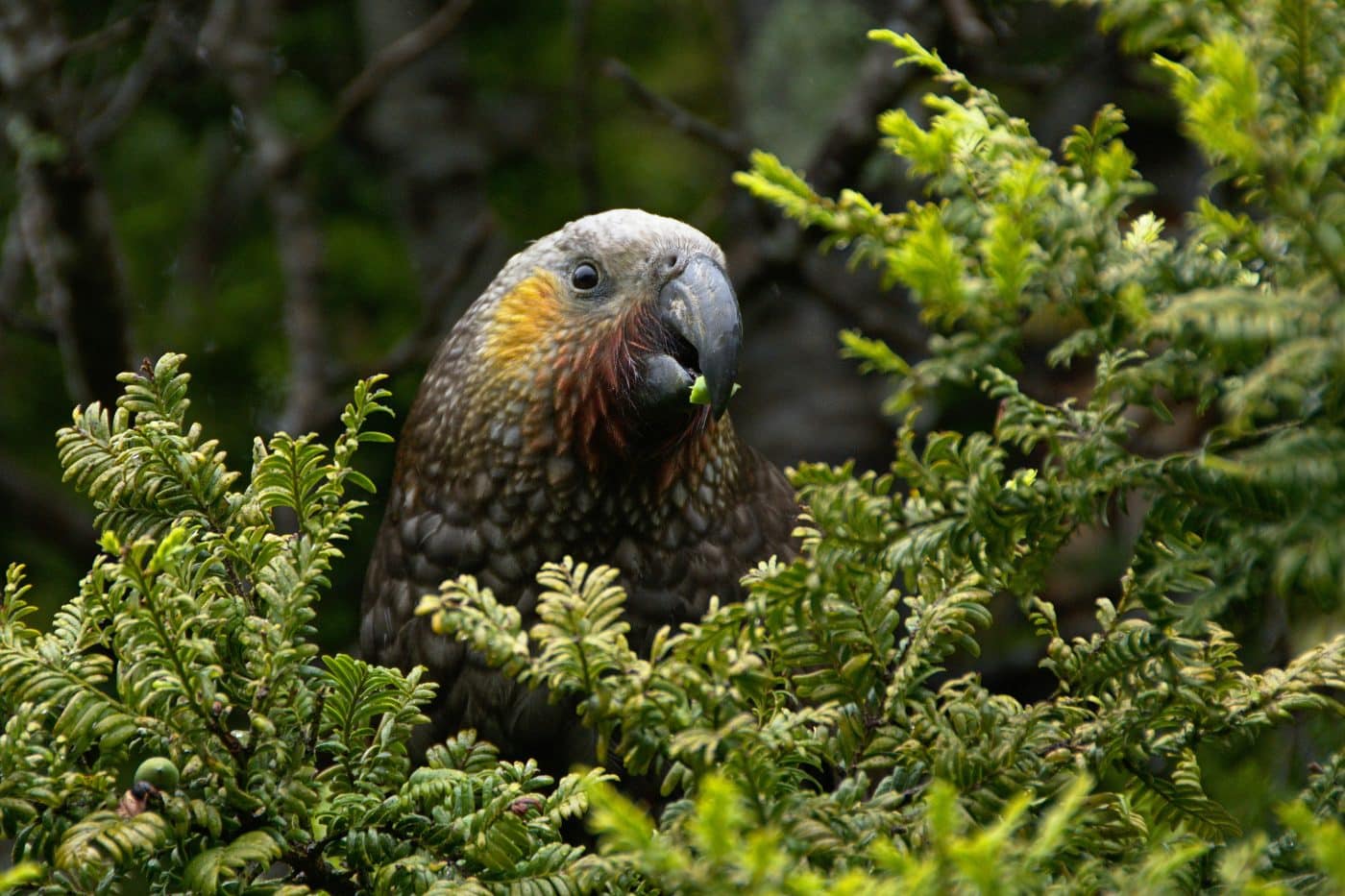

The kakapo is an exceptionally rare parrot from New Zealand, known for its inability to fly and its nocturnal habits. With fewer than 300 individuals remaining, the kakapo is one of the most endangered bird species on Earth. Its large, round body and vibrant green feathers make it a unique sight when it does appear, though its freezing defense mechanism makes it difficult to spot. Ongoing conservation efforts have slowly increased its numbers, but this flightless parrot remains an extraordinary rarity.
Dugong
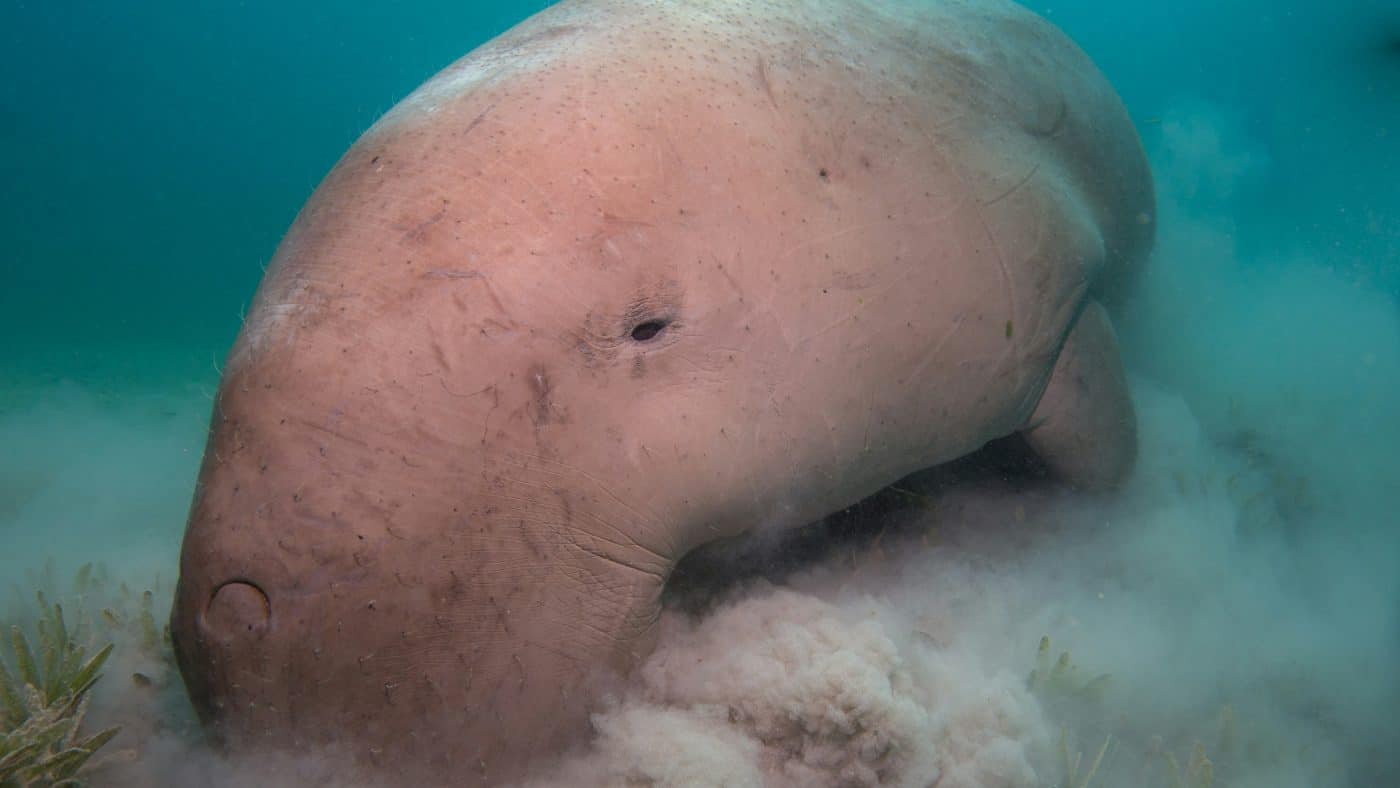

Often mistaken for a mermaid by ancient sailors, the dugong is a gentle marine mammal related to the manatee. Found in warm coastal waters across the Indo-Pacific, the dugong feeds on seagrass and is rarely seen near the surface. The dugong faces numerous threats, including habitat destruction and boat strikes, which have contributed to its dwindling population. As slow reproducers, their recovery is difficult, and their rarity makes encountering one in the wild a truly extraordinary experience.
Sunda Colugo
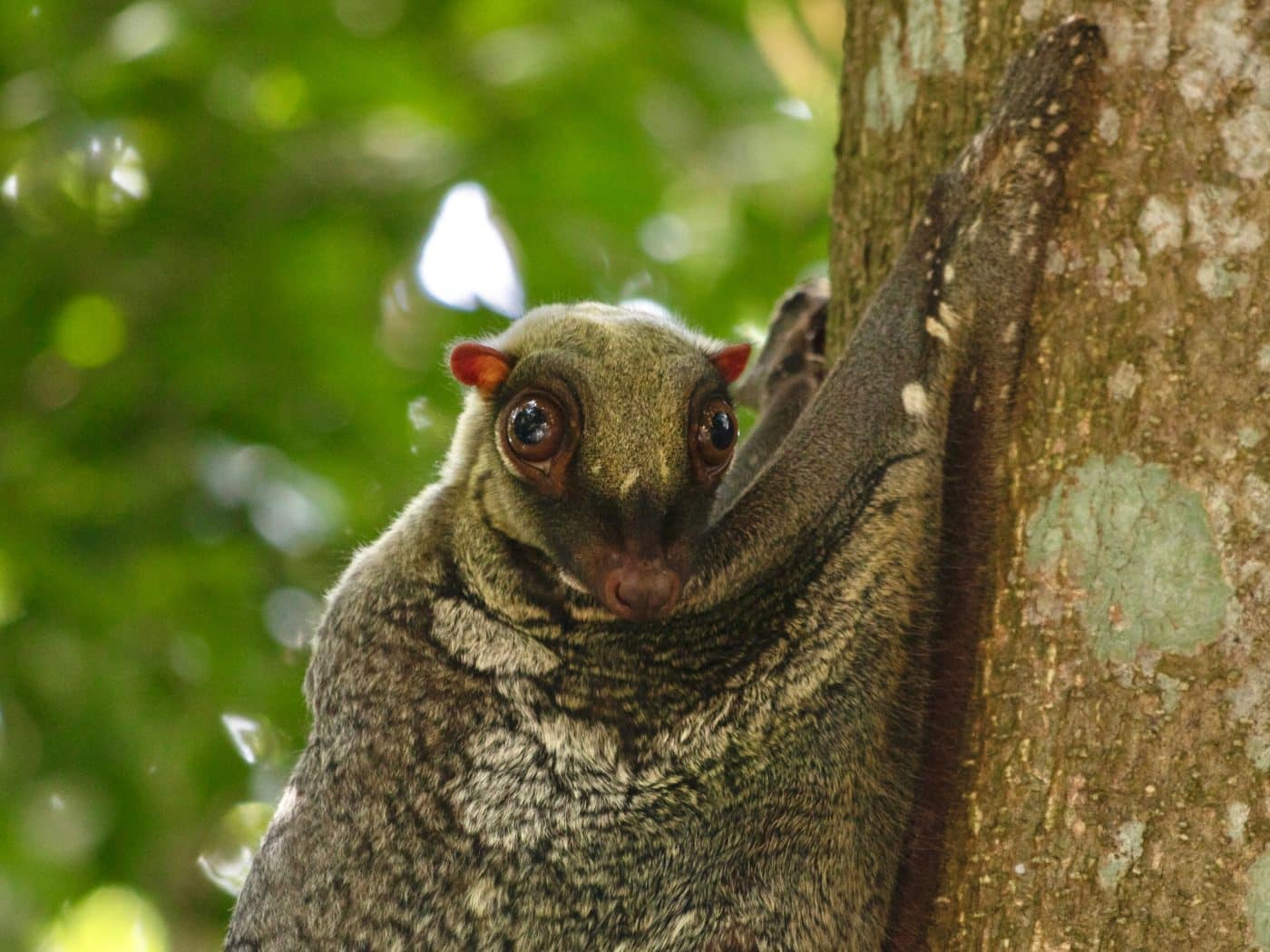

The Sunda colugo, or flying lemur, might not technically fly, but it can glide effortlessly for over 100 meters. Native to the tropical forests of Southeast Asia, these nocturnal creatures have large, wing-like flaps of skin that help them navigate the treetops. Despite their incredible gliding ability, they are almost never seen due to their excellent camouflage and nocturnal habits. Their secretive nature only adds to the mystery of this remarkable, rare animal.
Philippine Eagle
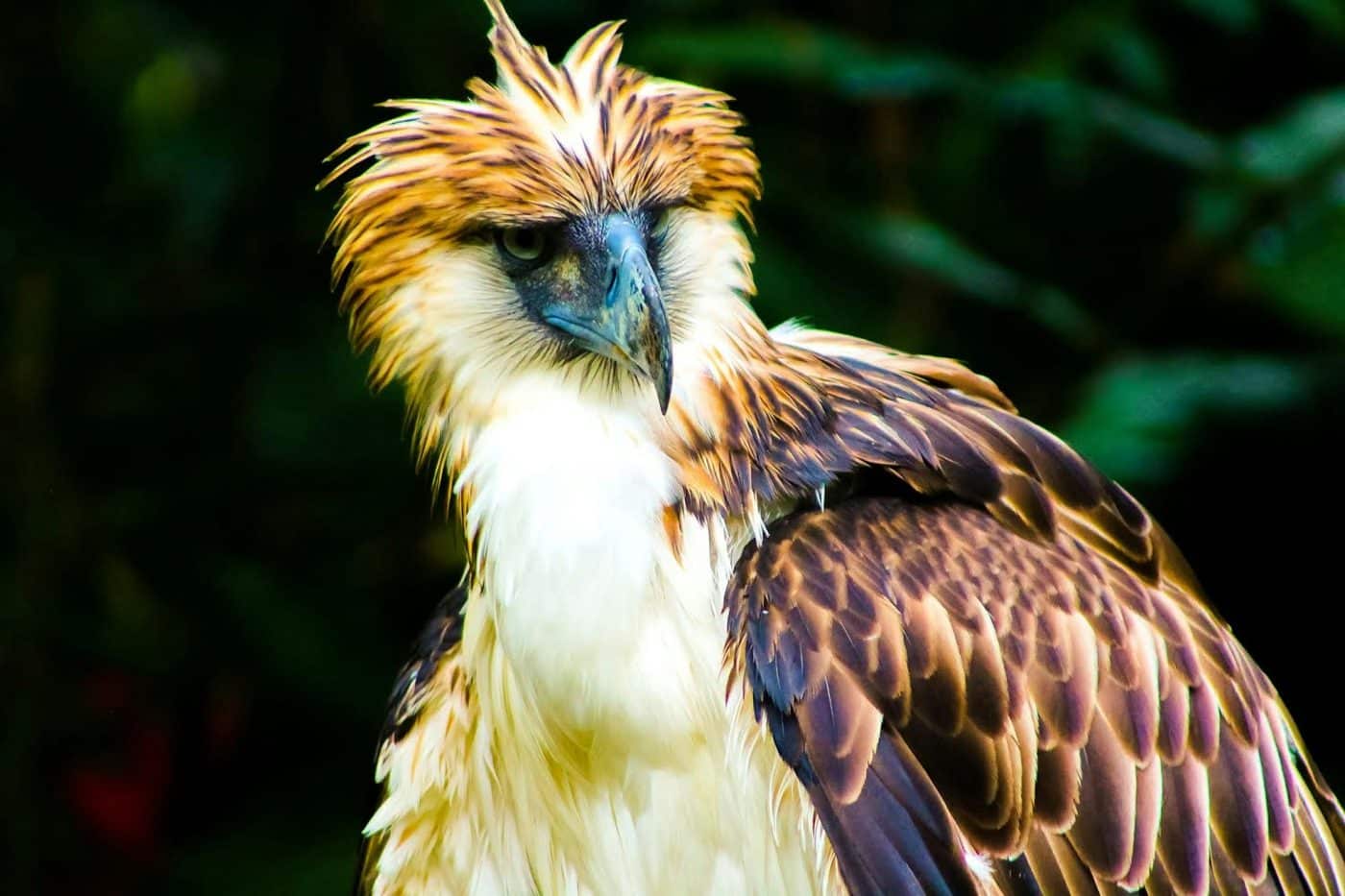

The Philippine eagle, also known as the “monkey-eating eagle,” is an apex predator with a wingspan that can reach over seven feet. Native to the rainforests of the Philippines, this bird of prey is known for its powerful hunting abilities, which include capturing monkeys, large birds, and reptiles. However, due to deforestation and hunting, its population has dwindled to fewer than 400 individuals. The Philippine eagle is one of the most endangered raptors in the world, and seeing one in the wild is an incredibly rare and breathtaking experience.
Okapi
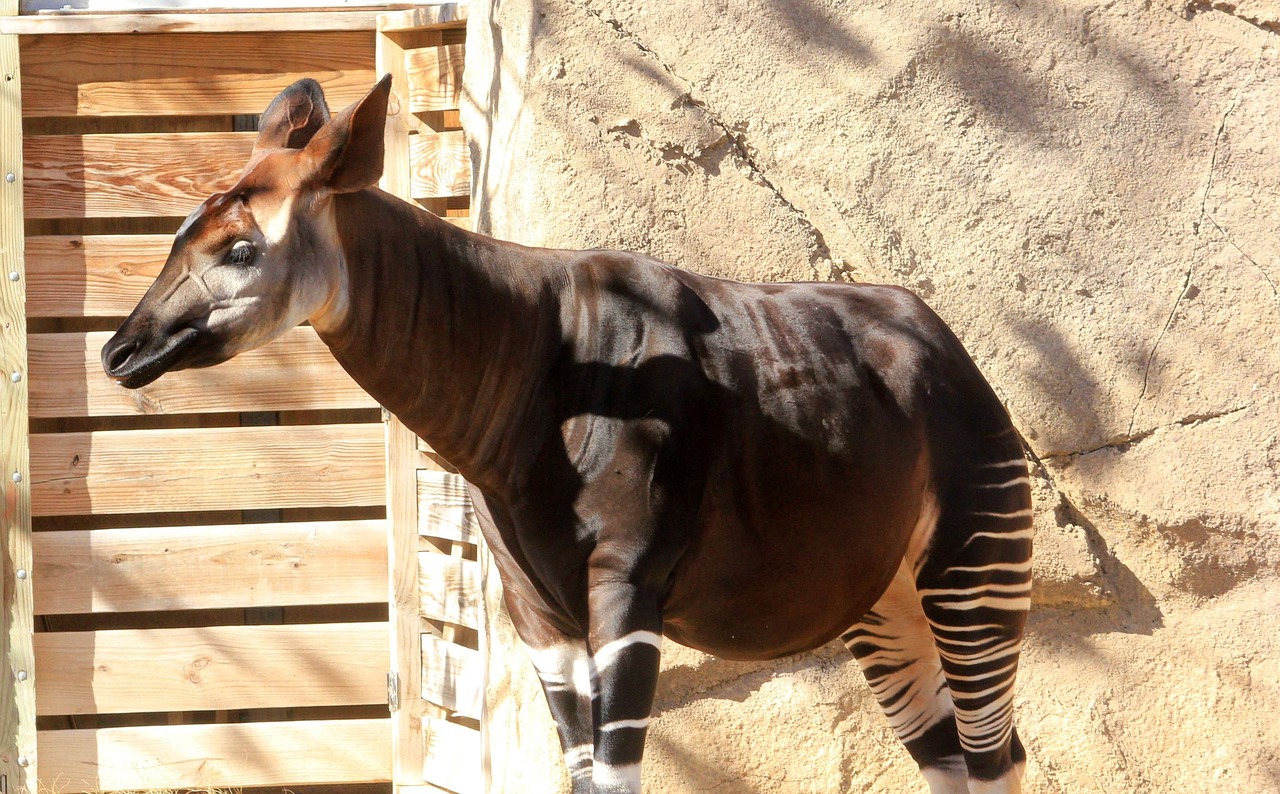

The okapi, often referred to as the “forest giraffe,” is an elusive animal native to the dense rainforests of the Democratic Republic of Congo. Although it has zebra-like stripes on its hind legs, the okapi is more closely related to giraffes, and its secretive nature makes it incredibly hard to spot in the wild. Due to its excellent camouflage, most people never see an okapi in its natural habitat, even though it was known to local tribes for centuries before being formally discovered. Habitat loss and poaching are the primary threats to the survival of this rare and majestic creature.
Japanese Spider Crab
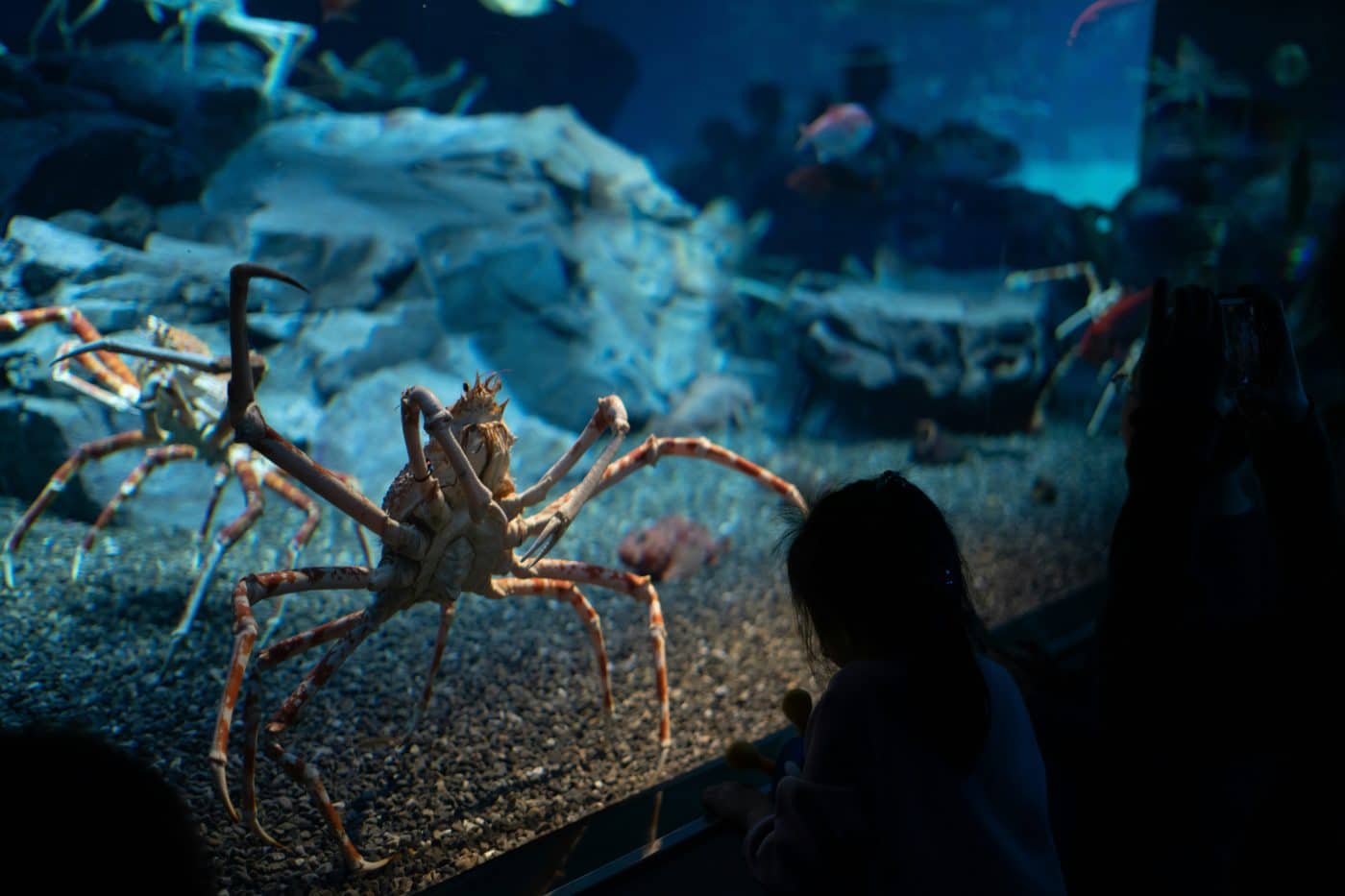

The Japanese spider crab is the largest arthropod in the world, with legs that can span up to 12 feet. This deep-sea creature is rarely seen by humans because it lives at depths far beyond typical diving ranges. Despite its enormous size, the Japanese spider crab is a gentle giant, known for its impressive longevity, often living more than 100 years. Due to overfishing and changing ocean conditions, these crabs are becoming harder to find, making sightings a rare and unforgettable experience.
Tarsier
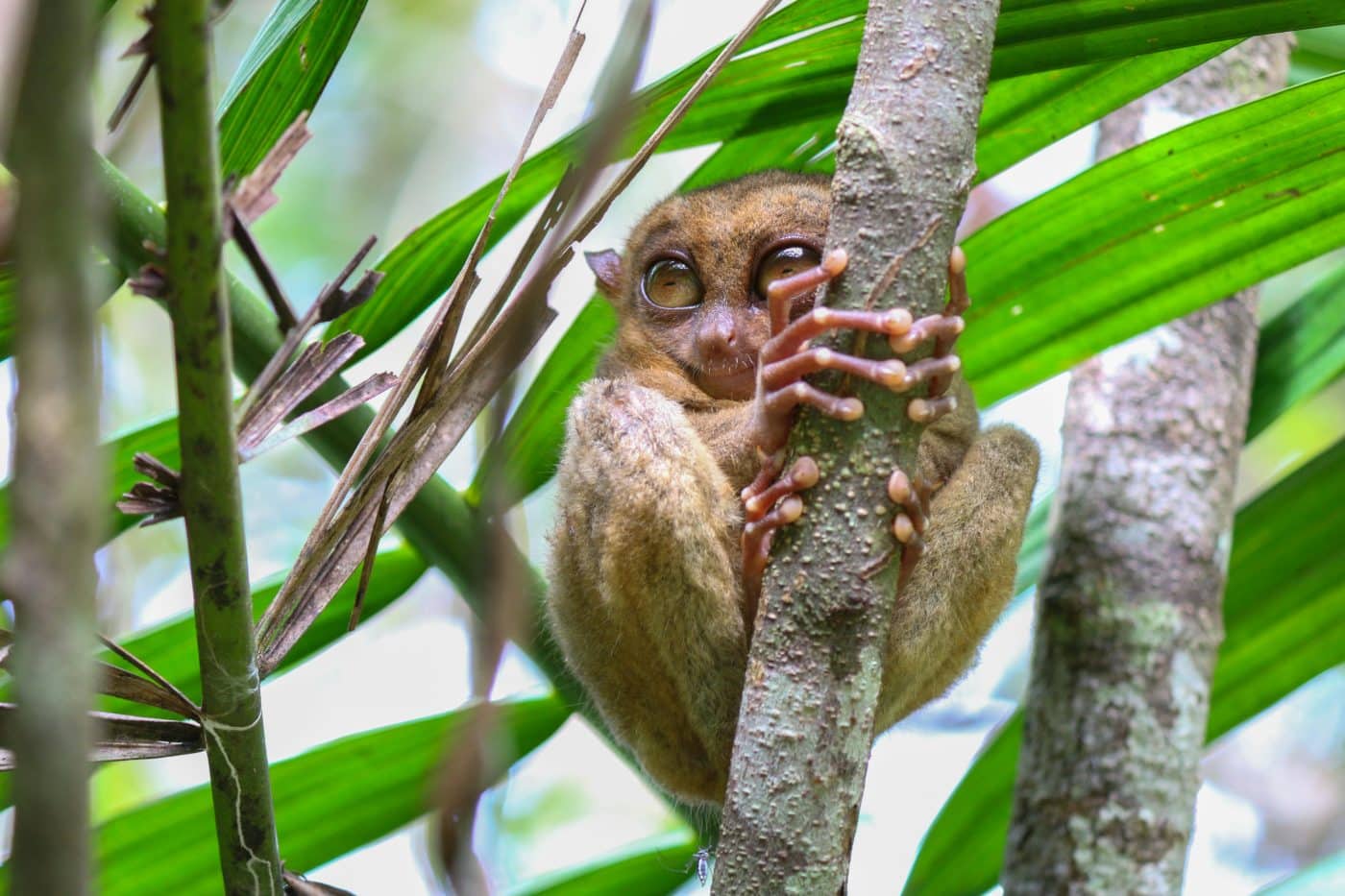

With its enormous eyes and tiny frame, the tarsier is a unique and adorable primate that thrives in the forests of Southeast Asia. Known for its incredible leaping ability, tarsiers use their large eyes and specialized fingers to hunt insects at night. While their appearance is endearing, their shyness and nocturnal habits make them difficult to observe. Habitat destruction and illegal wildlife trade have pushed some species of tarsiers to the brink of extinction, making them even rarer and harder to find in the wild.
Axolotl
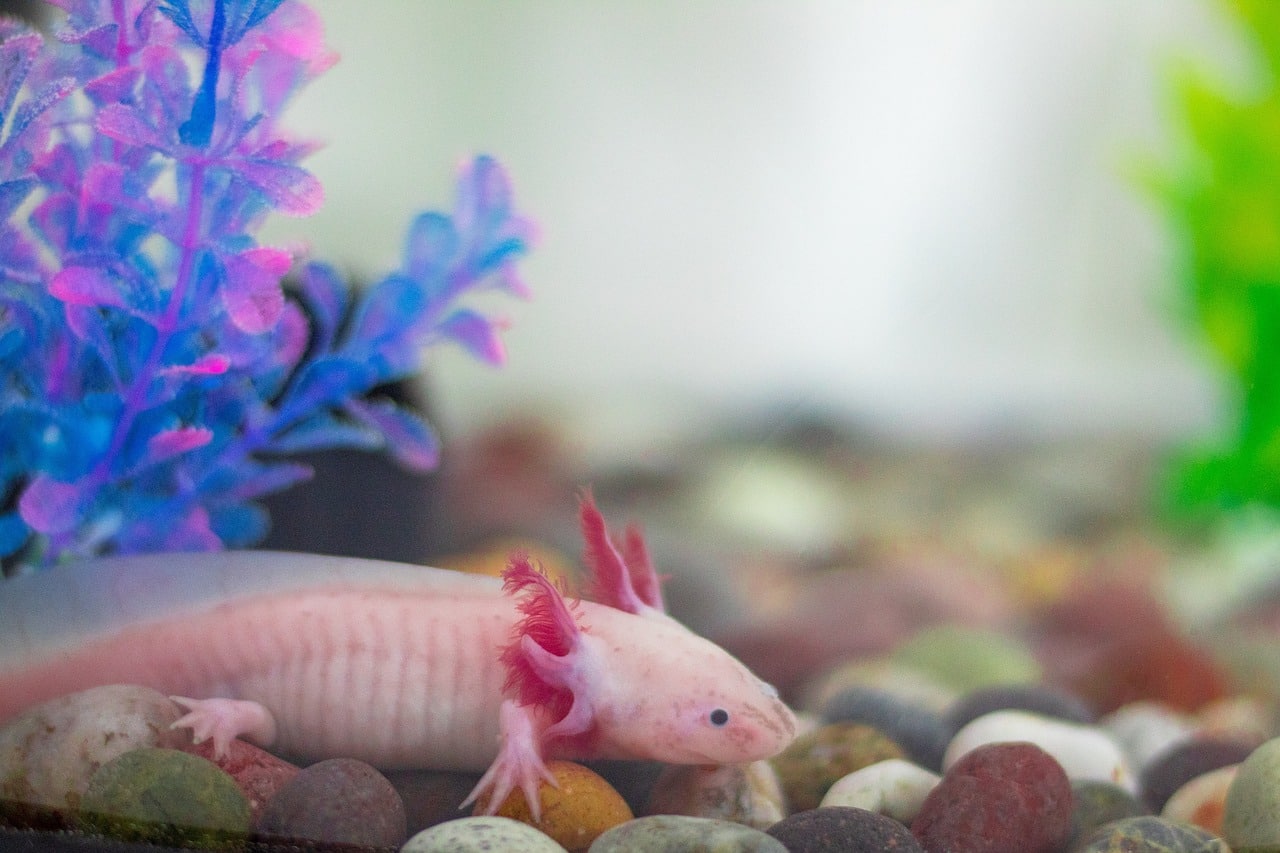

The axolotl, also known as the “Mexican walking fish,” is a salamander that remains in its aquatic larval stage throughout its entire life. Native to lakes near Mexico City, this remarkable amphibian is famous for its ability to regenerate limbs, spinal cord, and even parts of its heart. Though widely known in the scientific community, the axolotl is critically endangered in the wild due to pollution, habitat destruction, and invasive species. Conservationists are actively working to protect the remaining wild populations of this extraordinary creature.
Amur Leopard


The Amur leopard, one of the rarest big cats on the planet, is native to the Russian Far East and parts of China. With fewer than 100 individuals remaining in the wild, this majestic leopard is known for its stunning golden coat and powerful hunting skills. Its ability to thrive in cold, snowy environments makes it uniquely adapted to the harsh conditions of its habitat. Despite conservation efforts, habitat loss and poaching continue to threaten the survival of this elusive and rare big cat.
The Rare Ones You’ll Probably Never Meet
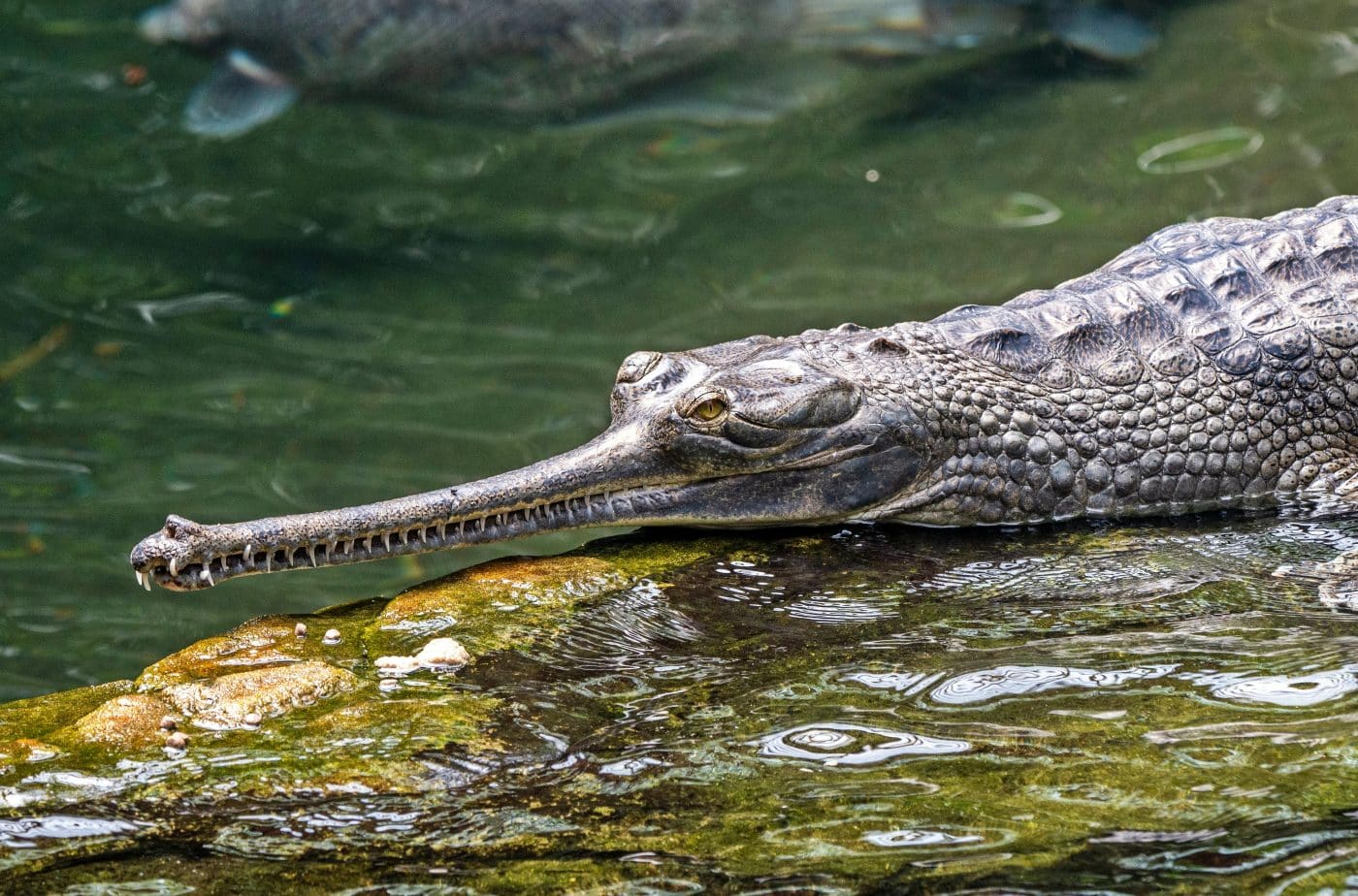

These rare and elusive creatures remind us of the mysterious and awe-inspiring wonders of the natural world. With their otherworldly appearances and extraordinary adaptations, they often seem more like fantasy than reality. These animals captivate the imagination, leaving us in awe of the unknown. If you’re fortunate to encounter one of these rare species in the wild, consider it an extraordinary moment, as few others will experience the same magic. Witnessing these creatures in their natural habitat is a privilege few will ever know.

